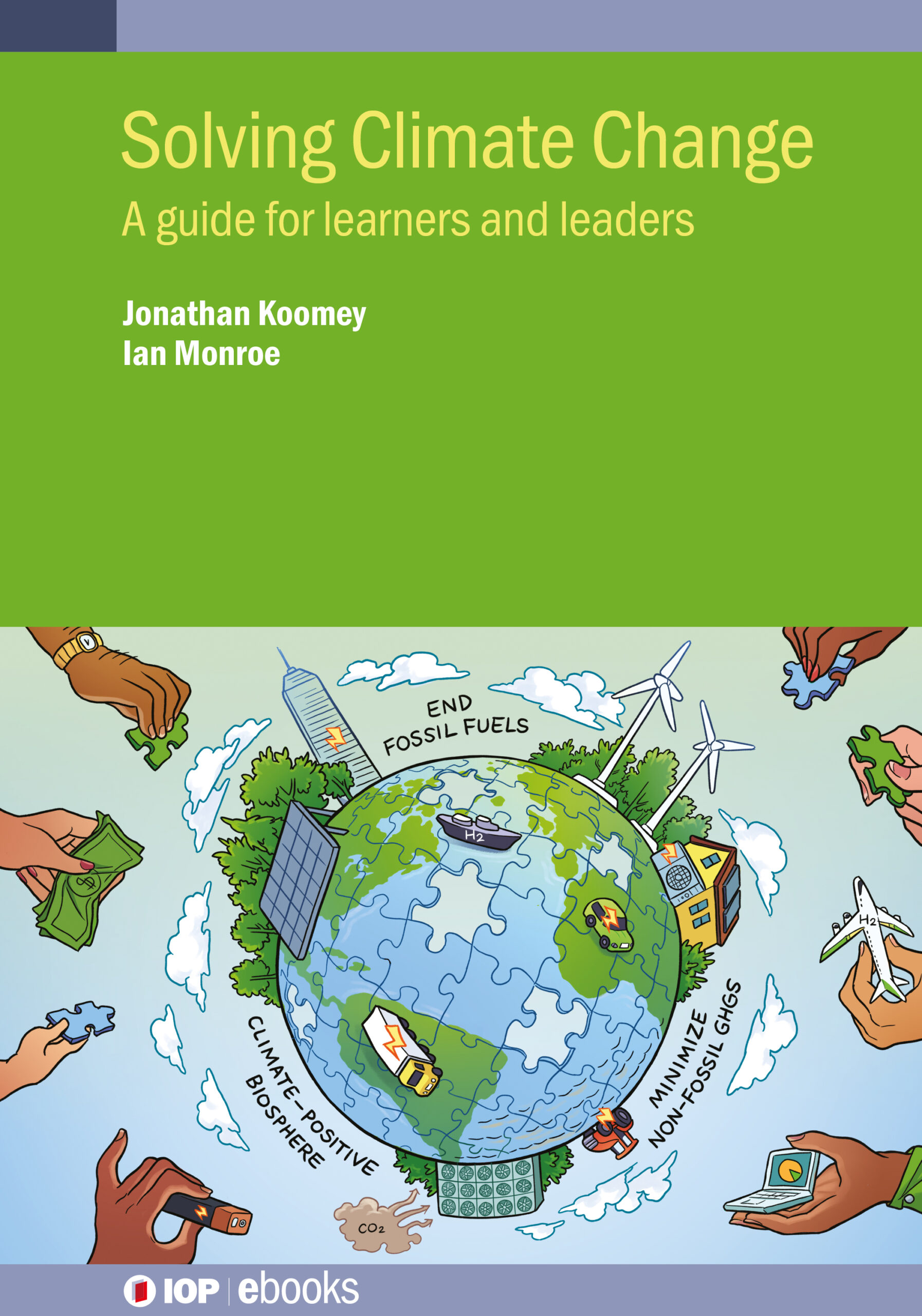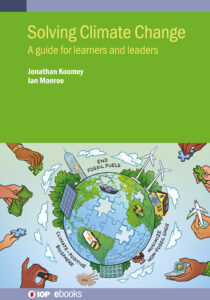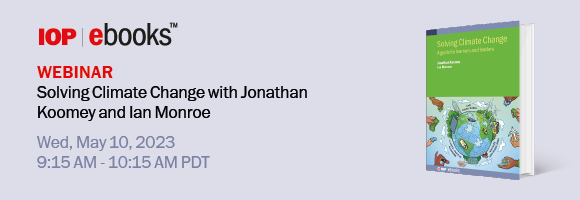Solving Climate Change电子书在线研讨会成功举办

- 在政府、公司、投资人和个人层面评估减排潜力的方法。
- 对真正应对气候挑战所需的巨大范围和快速变化有定量认识,同时提供现实可行的解决方案。
- 两位作者就创建零排放和净气候积极系统向机构提出的循证建议。
- 在分析气候解决方案时,将事实与虚构区分开来,并广泛听取决策者关于应对气候变化的现实途径。
研讨会的最后,两位作者还针对Solving Climate Change一书的内容进行在线问答。
作者介绍

Jonathan Koomey
- Jonathan Koomey is a researcher, author, lecturer and entrepreneur who is one of the leading international experts on the economics of climate solutions and the energy and environmental effects of information technology. Jonathan holds MS and PhD degrees from the Energy and Resources Group at the University of California at Berkeley, and an AB in history and science from Harvard University.

Ian Monroe
- Ian Monroe is a pioneer in climate solution investing. He co-founded Etho Capital, which runs the ETHO ETF and has helped decarbonize more than $100 billion in assets. He is also a co-founder of the Climate+Positive Investing Alliance and Oroeco, as well as an advisor to many climate programmes. With degrees in earth systems science from Stanford and the University of Oxford Artificial Intelligence Programme, Ian has also been educated by climate-fuelled droughts and wildfires on his family’s small farm.
研讨会详情
如您有兴趣和我们一起出版电子书,请将您的建议发送给以下邮箱:ebooks@ioppublishing.org
电子书介绍

- This book frames the climate problem in a comprehensive way and cuts through common conceptual confusions that impede rapid action. The first chapter describes the history, nature, and scope of the climate problem. The second chapter describes how to stabilize the climate by ending fossil fuels, minimizing non-fossil emissions, and creating a climate-positive biosphere. The authors identify five technical pillars of climate action needed to stabilize the climate, each of which gets its own chapter. These include electrifying (almost) everything, decarbonizing the electricity grid, minimizing non-fossil emissions, promoting efficiency and optimization, and removing carbon from the atmosphere. The book then moves beyond the narrow technical and policy focus of most previous climate solutions work by detailing three more “institutional” pillars that require action: aligning incentives, mobilizing money, and elevating truth.

